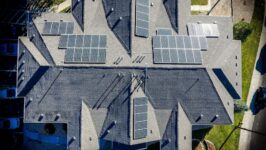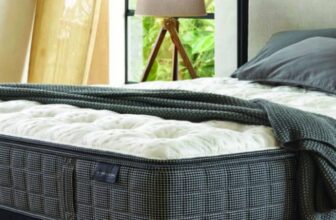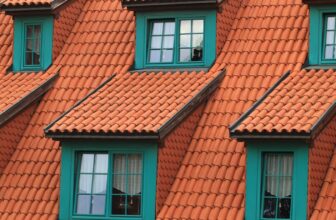
Modern Architecture: Paving The Way For Eco-Friendly Homes
Modern architecture has shifted its focus towards sustainability in response to growing environmental concerns. Sydney architects are creating some of the most impressive homes by utilizing the natural landscape, water, and sun to design stunning green homes. Let’s take a closer look at the various methods architects employ to reduce a home’s carbon footprint, contributing to a healthier planet.
Harnessing Natural Resources
1. Solar power integration: Modern homes increasingly feature solar panels and solar-powered systems, tapping into the abundant sun’s energy. As a result, fossil fuels are less reliant on and energy bills are much lower.
2. Natural lighting and ventilation: Architects ensure maximum natural light and air circulation by strategically placing windows and incorporating open floor plans.
Sustainable Building Materials
1. Recycled and renewable materials: Modern architects often opt for recycled steel, reclaimed wood, and other sustainable materials.
2. Green insulation options: Eco-friendly insulation materials like sheep’s wool or recycled denim are cost-effective, locally sourced, and sustainable.

Water Conservation Techniques
1. Rainwater harvesting systems: These systems collect and store rainwater for various uses, including irrigation and, in some cases, indoor non-potable use, significantly reducing water wastage.
2. Low-flow fixtures: One effective way to live sustainably is by reducing water usage. Installing low-flow toilets, showerheads, and faucets can reduce water usage significantly. These fixtures use less water without compromising on their functionality.

Smart Home Technology
1. Energy management systems: Automated systems can efficiently manage energy usage in homes, controlling heating, lighting, and electronic devices to optimize energy consumption.
2. Smart thermostats: These devices adapt to homeowner habits, ensuring heating and cooling systems are used only when necessary. They can also help homeowners conserve energy by setting optimal temperatures. Homeowners can also be alerted when energy usage is unusually high, allowing them to identify and fix potential problems.
Tips For Homeowners
- Conduct energy audits: Energy audits are helpful in identifying areas where energy is wasted and finding ways to improve efficiency. Homeowners can save on energy costs by upgrading to energy-efficient light bulbs, adding insulation, and sealing leaky windows and doors. Simple steps like turning off lights and appliances when not in use can also help reduce energy usage. Another option is to use renewable energy sources.
- Planting trees and gardens: You can improve air quality by planting trees and keeping gardens, and trees and plants reduce greenhouse gas emissions by absorbing carbon dioxide and releasing oxygen. In addition to providing natural insulation, gardens can save money on maintenance.
- Switch to LED lighting: LED lights consume significantly less energy than traditional bulbs and have a longer lifespan. LED lights are also more environmentally friendly, not containing hazardous materials such as mercury.
- Embrace minimalism: Reducing the number of appliances and gadgets, simplifying lifestyle, and reusing and recycling materials can reduce energy consumption and carbon footprint.
Homeowners can contribute to a sustainable future by embracing eco-friendly and visually appealing design techniques and making mindful choices. This includes being environmentally aware and reducing their carbon footprint.




















































































